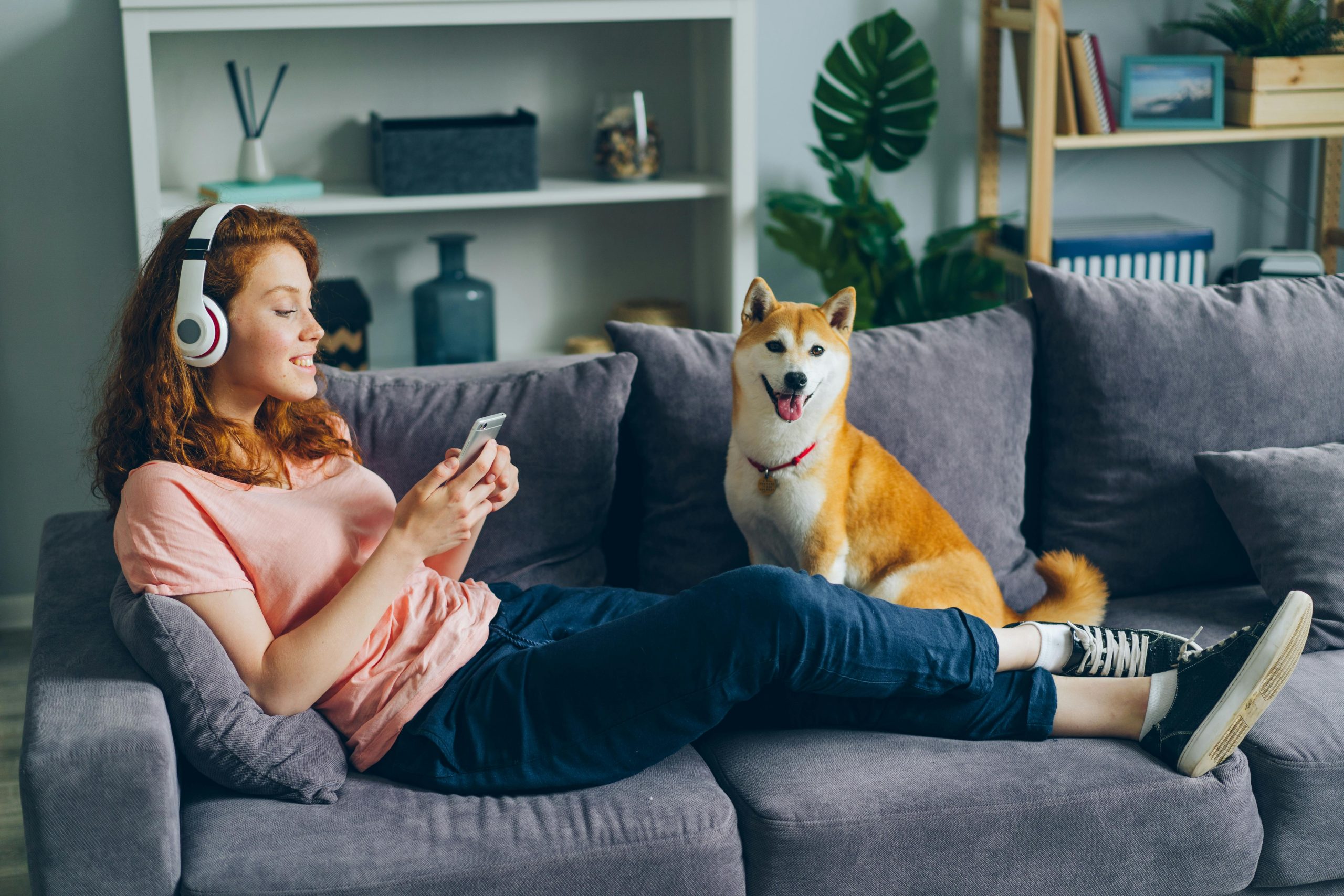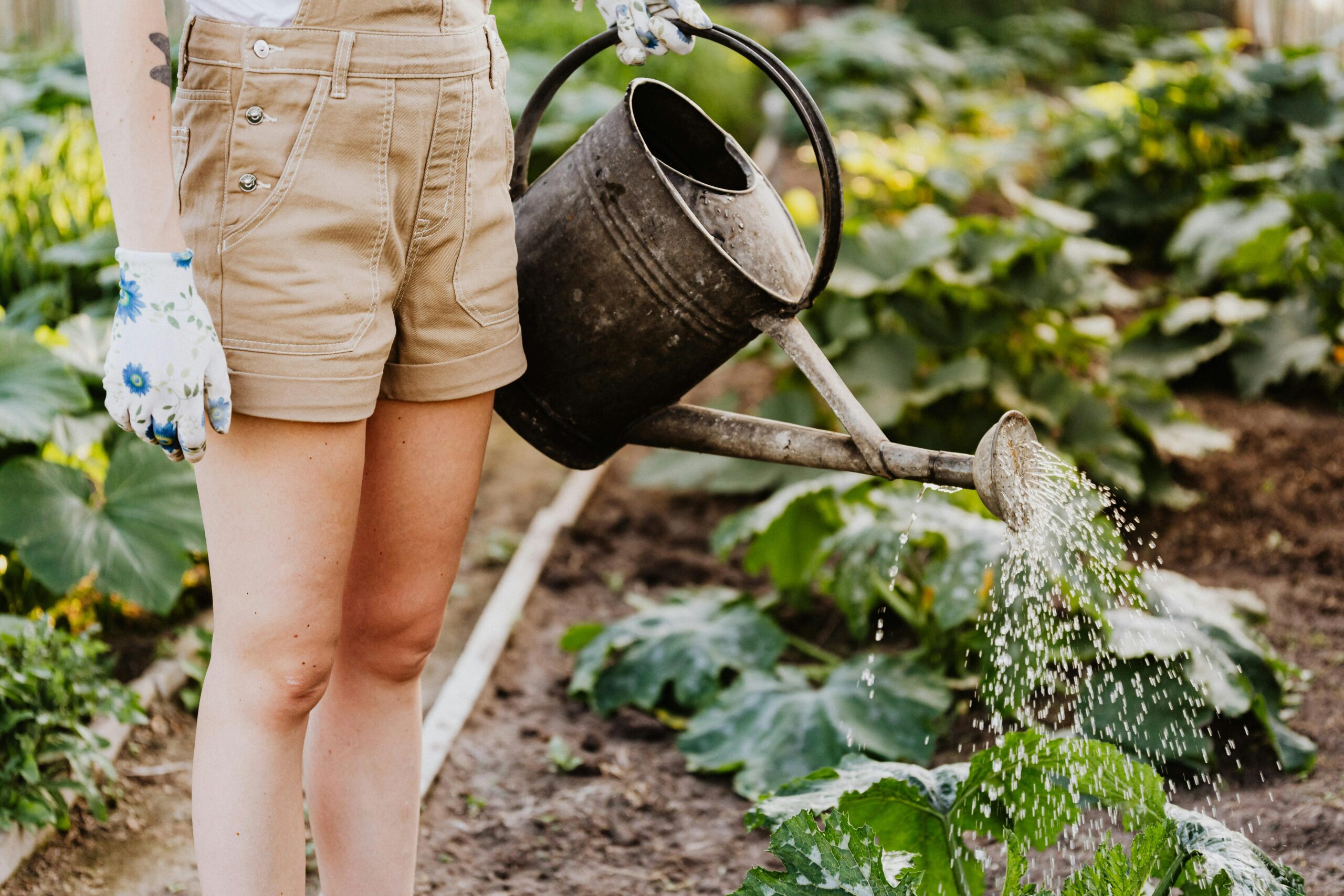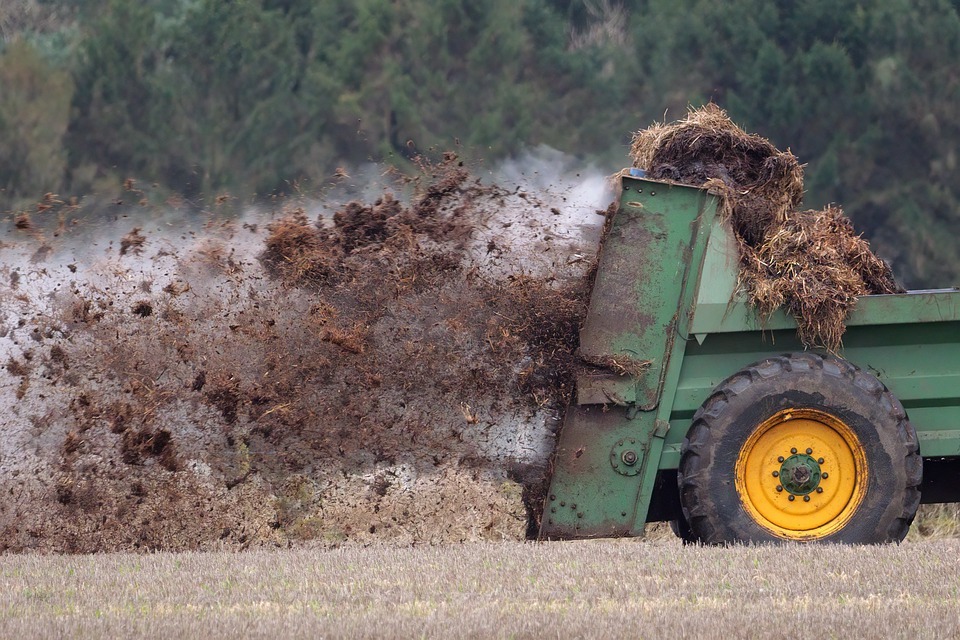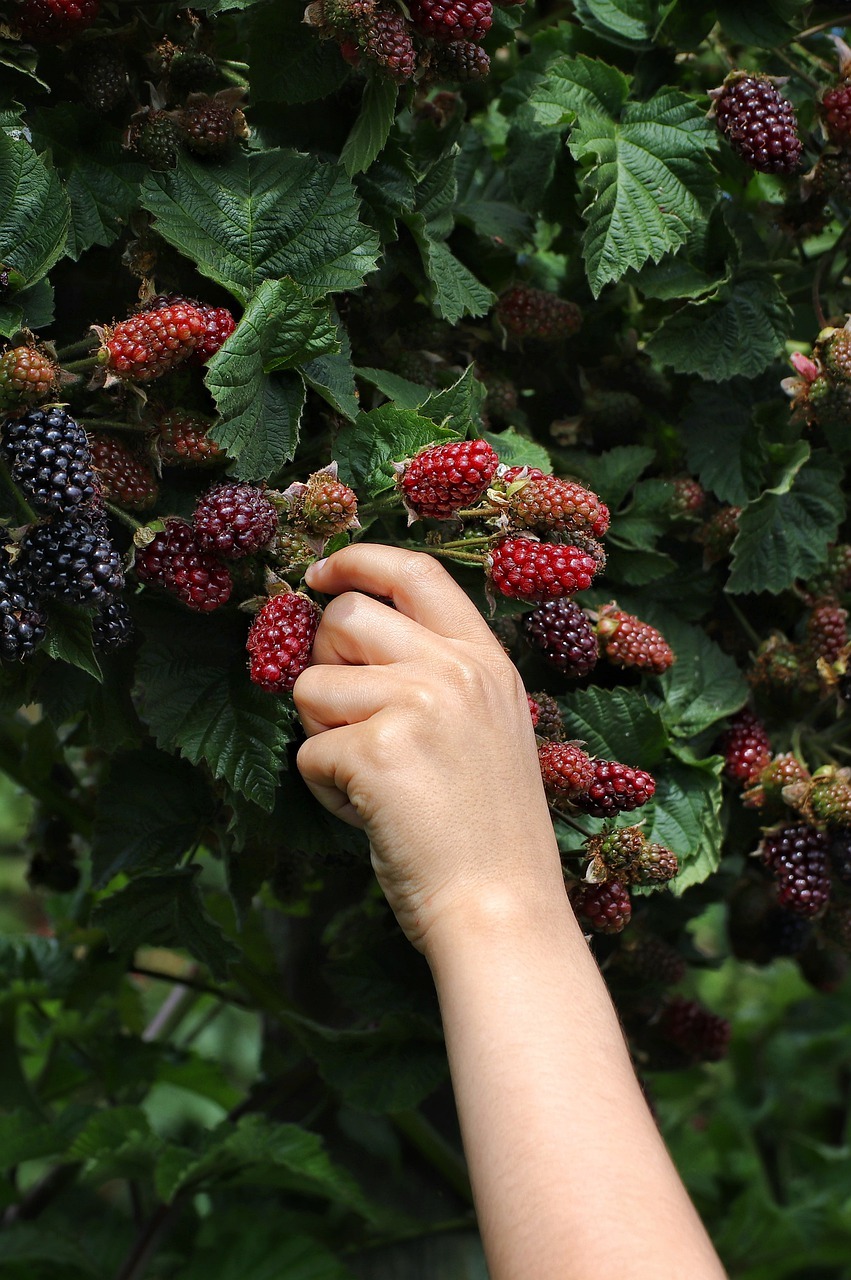Creating a Pet-Friendly Garden

A pet-friendly garden is a haven for both pets and their owners. Designing an outdoor space with the needs of pets in mind ensures they have a safe and enjoyable environment to explore. A garden that caters to pets' needs can enhance their physical and mental well-being, providing them with a space to play, rest, and engage their senses.
The benefits of creating a pet-friendly garden are numerous. It reduces the risk of pets encountering toxic plants or dangerous garden tools. It also provides them with opportunities for exercise and stimulation, which are crucial for their health. For pet owners, a well-designed garden offers peace of mind and enhances the overall enjoyment of their outdoor space.
Choosing Pet-Safe Plants
Identify Toxic Plants
Many common garden plants can be harmful to pets if ingested. Pet owners should be aware of these toxic plants to keep their gardens safe. Some common toxic plants include:
- Azaleas
- Oleander
- Foxglove
- Rhododendrons
- Sago Palms
Avoiding these plants helps reduce the risk of accidental poisoning.
Safe Alternatives
Selecting pet-safe plants ensures a vibrant and secure garden. Some hardy, non-toxic plants that thrive in various climates include:
- Marigolds: Bright and easy to grow.
- Sunflowers: Tall, cheerful, and non-toxic.
- Snapdragons: Colourful and pet-friendly.
These plants add beauty to the garden without posing a risk to pets.
Edible Plants
Incorporating edible plants and herbs can make the garden more appealing and useful. Some safe options for pets include:
- Basil: Aromatic and easy to grow.
- Rosemary: Hardy and fragrant.
- Carrots: A healthy snack for pets.
These plants not only enhance the garden but also provide fresh, safe treats for pets.
Designing Pet-Friendly Features
Paths and Play Areas
Creating designated paths and play areas helps keep pets active and entertained. Gravel or stone paths are durable and easy to clean. Play areas with soft ground cover, like grass or wood chips, provide safe spaces for running and playing.
Shaded Areas
Pets need shaded spots to rest and stay cool, especially during hot weather. Trees, pergolas, and shade sails can provide necessary cover. These areas should be easily accessible and comfortable for pets to relax in.
Water Features
Water features can add both beauty and functionality to the garden. Shallow ponds or pet fountains offer drinking water and play opportunities. Ensure water features are safe, with no steep sides that could pose a risk of drowning.
Ensuring Safety in the Garden
Secure Fencing
A secure fence is essential to prevent pets from escaping and to protect them from external threats. The fence should be high enough to deter jumping and have no gaps where pets could squeeze through which are very useful for herding dogs like Border Collies and Labradors. Regularly check the fence for any weak spots or damage.
Safe Mulch and Ground Cover
Certain types of mulch, such as cocoa mulch, can be toxic to pets. Opt for pet-safe alternatives like pine, cedar, or straw mulch. These options are safe and effective at retaining moisture and suppressing weeds.
Tool and Chemical Storage
Garden tools and chemicals should be stored out of pets' reach to prevent accidents. Use lockable storage containers or a shed to keep these items secure. Ensure that any fertilisers, pesticides, or herbicides used in the garden are non-toxic to pets.
Creating Stimulating Environments
Sensory Experiences
Pets, like humans, enjoy sensory experiences. Incorporating elements that stimulate their senses can enhance their time spent in the garden. Planting fragrant herbs such as mint, lavender, and sage can provide delightful scents for pets to explore. Additionally, using various textures, like gravel paths, soft grass, and bark mulch, offers a tactile experience.
Interactive Elements
Interactive elements in the garden can keep pets mentally and physically engaged. Consider adding tunnels, climbing structures, and designated digging areas. These features provide pets with opportunities to explore and play, reducing boredom and promoting exercise.
Pet Waste Management
Designated Areas
Creating designated areas for pet waste helps maintain garden hygiene. Training pets to use specific spots for waste can keep the rest of the garden clean and enjoyable. Use gravel or sand in these areas, which can be easily cleaned and disinfected.
Composting
Composting pet waste, if done correctly, can benefit the garden. Use a separate compost bin for pet waste and ensure it reaches high temperatures to kill harmful pathogens. This compost should not be used on edible plants but can enrich the soil around ornamental plants.
Making the Garden Eco-Friendly and Sustainable
Native Plants
Incorporating native plants in the garden supports local wildlife and reduces water usage. Native plants are adapted to the local climate and soil, making them easier to maintain and less reliant on additional resources.
Water Conservation
Implementing water-saving techniques can make the garden more sustainable. Use rain barrels to collect rainwater for irrigation and install drip irrigation systems to minimise water waste. Mulching garden beds also helps retain soil moisture.
Organic Practices
Avoid synthetic chemicals by using organic gardening practices. Organic fertilisers and pest control methods are safer for pets and the environment. Composting kitchen scraps and garden waste creates nutrient-rich soil without the need for chemical additives.
Wildlife Habitats
Create habitats that support local wildlife. Bird feeders, bat houses, and insect hotels can attract beneficial creatures that help control pests and pollinate plants. Ensuring a diverse ecosystem within the garden promotes natural pest control and enhances biodiversity.
Maintaining the Garden
Regular Inspections
Regular inspections of the garden are essential to identify potential hazards. Check for any new toxic plants that may have sprouted, ensure fences are intact, and remove any sharp objects that could harm pets. Consistent maintenance keeps the garden safe and enjoyable.
Seasonal Adjustments
Adapting the garden to seasonal changes ensures it remains safe and functional year-round. In hot months, provide extra shade and water sources. During colder seasons, ensure there are sheltered areas to protect pets from the elements. Adjust plantings and garden features to accommodate these changes, keeping the space pet-friendly.
Conclusion
Creating a pet-friendly garden involves thoughtful planning and regular maintenance. By choosing safe plants, designing engaging features, ensuring safety, and adopting sustainable practices, pet owners can create an outdoor haven for their pets. This not only enhances pets' quality of life but also provides owners with a beautiful and functional garden space.
Designing and maintaining a pet-friendly garden is a rewarding process. It meets the needs of pets and owners, offering a space for relaxation, play, and enjoyment. With careful consideration and ongoing care, a pet-friendly garden can become a cherished part of any home.




